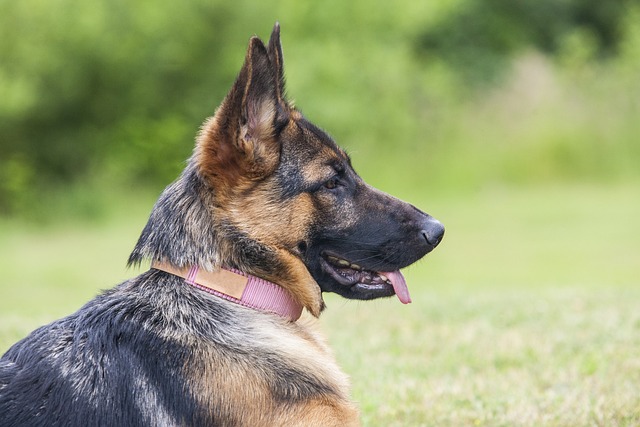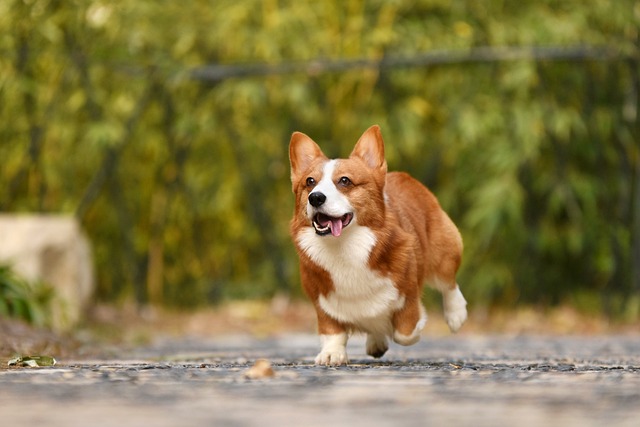
Are Poodles hard to potty train?
Many new Poodle owners worry about potty training challenges, but the breed’s high intelligence often works in their favor.
If you’ve ever watched your dog romp joyfully through a park, tail high, nose twitching with excitement, you know the deep satisfaction of seeing them truly free. But the moment you call out—“Come!”—and your dog hesitates, glances your way, then dashes off in the opposite direction, that bliss can turn into anxiety in a heartbeat. Off leash recall training is one of the most essential, yet challenging, skills for American dog owners to master. While a solid recall means trust and freedom for your dog, many find that traditional methods just don’t stick, especially in real-world settings filled with distractions and temptations.
What makes off leash recall so tough? For starters, dogs are endlessly curious. That squirrel darting up a tree, the intriguing scent wafting from a picnic basket, or another canine buddy across the field—all these distractions compete with your voice. Even well-practiced “come” commands at home can fall flat once the leash is off and the world opens up. Many American owners rely on treats or repetitive drills, but soon discover their dogs become “deaf” to recall cues when it matters most. It’s not just about obedience—it’s about tapping into your dog’s decision-making process under pressure.
To understand how to train your dog to come off leash reliably, it helps to see recall from your dog’s perspective. At the root of effective off leash recall techniques are psychological triggers—cognitive and emotional factors that shape your dog’s choices. Dogs are not robots; they weigh options based on motivation, past experiences, and their connection with you. Psychologists and top trainers agree: a dog’s recall is deeply tied to their emotional bond with their person, their sense of safety, and the perceived value of returning versus exploring further.
Let’s break this down a bit. Think of psychological triggers for dog recall as the mental “buttons” that make your dog want to come back to you. Some triggers are obvious: hunger, fear, or the anticipation of a favorite reward. Others are subtler, like a dog’s attachment to their owner, their comfort with recall routines, or their memory of past outcomes—good or bad. If your dog recalls and gets scolded for being slow, they might be less motivated next time. On the other hand, if every recall means a game or affection, their emotional response will be much more positive.
Now, here’s where things get interesting. Beyond the basics, there are unexpected psychological triggers you can use to supercharge your dog’s recall response. Social bonding is a big one. Dogs are pack animals at heart; they thrive on connection and teamwork. Incorporating fun, playful interactions into recall training makes you the center of your dog’s universe, not just the “treat dispenser.” Variable rewards—mixing up treats, praise, toys, or even a quick game of tug—prevent your dog from predicting what happens next, keeping them eager and attentive. Environmental cues also play a role; if you always call your dog from the same spot, they may start ignoring you. Changing locations and calling from unexpected places helps generalize the behavior.
Let’s get practical. You might be wondering, “How do I actually put these psychological insights into action?” Start with the basics in a controlled area—think fenced backyard or a long training lead. Use a cheerful, upbeat tone and a word or whistle that stands out. When your dog turns toward you, celebrate! Run backwards, clap, or get silly—make yourself more fun than anything else around. Once your dog reaches you, offer a variable reward: sometimes a treat, sometimes a toy, sometimes just a joyful hug. This unpredictability keeps their interest high. Gradually increase distance and distractions, always ensuring that coming when called leads to something great.
An example from my own training sessions: I once worked with a young Labrador who would come only if he saw food in hand. We shifted gears—sometimes he got a treat, sometimes we played fetch, and other times I simply lavished him with affection. We also practiced in different parks, on quiet mornings and busy afternoons. Over time, his recall became rock solid, because he never knew exactly what to expect, but he knew it would be good. That’s the magic of effective off leash recall techniques grounded in psychology.
Of course, safety always comes first. Off leash recall should only be practiced in secure areas until your dog has proven reliability. In the U.S., local leash laws and park regulations matter—a recall is no substitute for responsible supervision. I always advise owners to check their city or county ordinances before allowing their dog off leash. A brightly colored recall long line can be a great bridge between on-leash and off-leash freedom, offering both control and the illusion of independence as your dog learns.
Consistency is your secret weapon. Dogs learn through repetition, but also through variety. Aim for short, frequent sessions—no marathon drills. If your dog ever ignores a recall, resist the urge to punish; simply make the next session more rewarding and engaging. And remember, setbacks are normal. Progress comes in waves, not straight lines.
The real takeaway is this: training your dog to come off leash isn’t just about drills or treats. It’s about understanding what makes your dog tick—emotionally and mentally. When you weave psychological triggers into your off leash recall training, you tap into your dog’s natural instincts and desires. The result? A recall that works when it really counts, giving you both a fuller, safer, and more joyful experience outdoors. So next time you unclip the leash, do it with the confidence that comes from knowing you’re speaking your dog’s language—body and mind.

Many new Poodle owners worry about potty training challenges, but the breed’s high intelligence often works in their favor.

Belgian Malinois are smart, energetic dogs, but their barking can sometimes become a challenge—especially when it disrupts neighbors or violates local noise rules. First, you need to figure out why they’re barking.

Anyone who’s spent time tossing a ball in the park knows some dogs go wild for fetch, while others just stare like you’re speaking a foreign language.

Toss a tennis ball across a park, and you’ll likely see a Golden Retriever bolt after it—tail wagging so hard their whole body shakes—before dropping it at your feet, waiting for another throw.

If you’re in the thick of puppyhood feeling sleep-deprived and wondering if you’ve made a terrible mistake, you’re not alone.

That magical period when your puppy seems curious about everything isn’t just a cute phase—it’s a critical developmental window that will shape their personality forever.